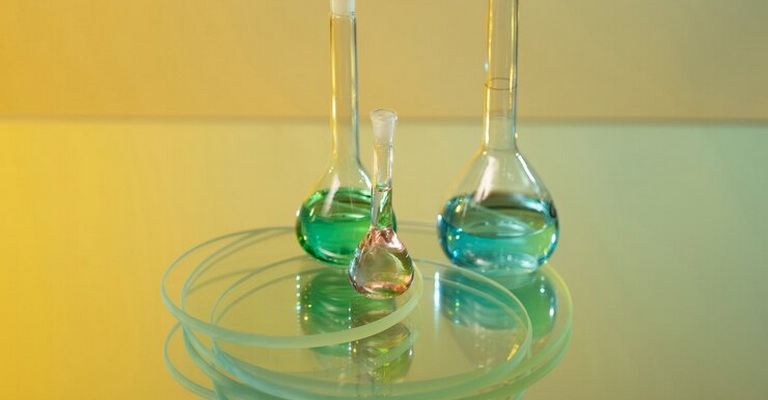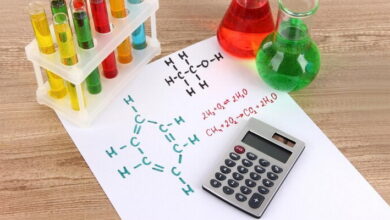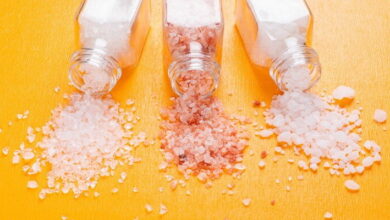Acid-Base Theories MCQs with Answers

Welcome to the Acid-Base Theories MCQs with Answers, it helps learners quickly identify areas for improvement in Acid-Base Theories Online Test.
| Acid-base theories form the foundation of understanding chemical reactions involving acids and bases. In an acid-base theories quiz, MCQs (multiple choice questions) cover key concepts from different perspectives:
The Arrhenius theory MCQs focus on how acids dissociate to produce hydrogen ions (H+) in aqueous solutions and bases produce hydroxide ions (OH-). Bronsted-Lowry theory MCQs expand this by defining acids as proton donors and bases as proton acceptors, broadening the scope beyond aqueous solutions to include non-aqueous systems. Lewis theory exam questions explore acids as electron pair acceptors and bases as electron pair donors, emphasizing electron transfer in reactions. Acid-base titrations MCQs assess skills in calculating concentrations of acids and bases involved in neutralization reactions, crucial in analytical chemistry and quantitative analysis. |
Acid-Base Theories Online Quiz
By presenting 3 options to choose from, Acid-Base Theories Quiz which cover a wide range of topics and levels of difficulty, making them adaptable to various learning objectives and preferences. You will have to read all the given answers of Acid-Base Theories Questions and Answers and click over the correct answer.
- Test Name: Acid-Base Theories MCQ Quiz Practice
- Type: Quiz Test
- Total Questions: 40
- Total Marks: 40
- Time: 40 minutes
Note: Answer of the questions will change randomly each time you start the test. Practice each quiz test at least 3 times if you want to secure High Marks. Once you are finished, click the View Results button. If any answer looks wrong to you in Quiz, simply click on question and comment below that question, so that we can update the answer in the quiz section.
Download Certificate of Acid-Base Theories Test
On the end of Quiz, you can download the certificate of the quiz if you got more than 70% marks.
Acid-Base Theories Flashcards
If you are interested to enhance your knowledge regarding Physics, Computer, and Biology please click on the link of each category, you will be redirected to dedicated website for each category.




